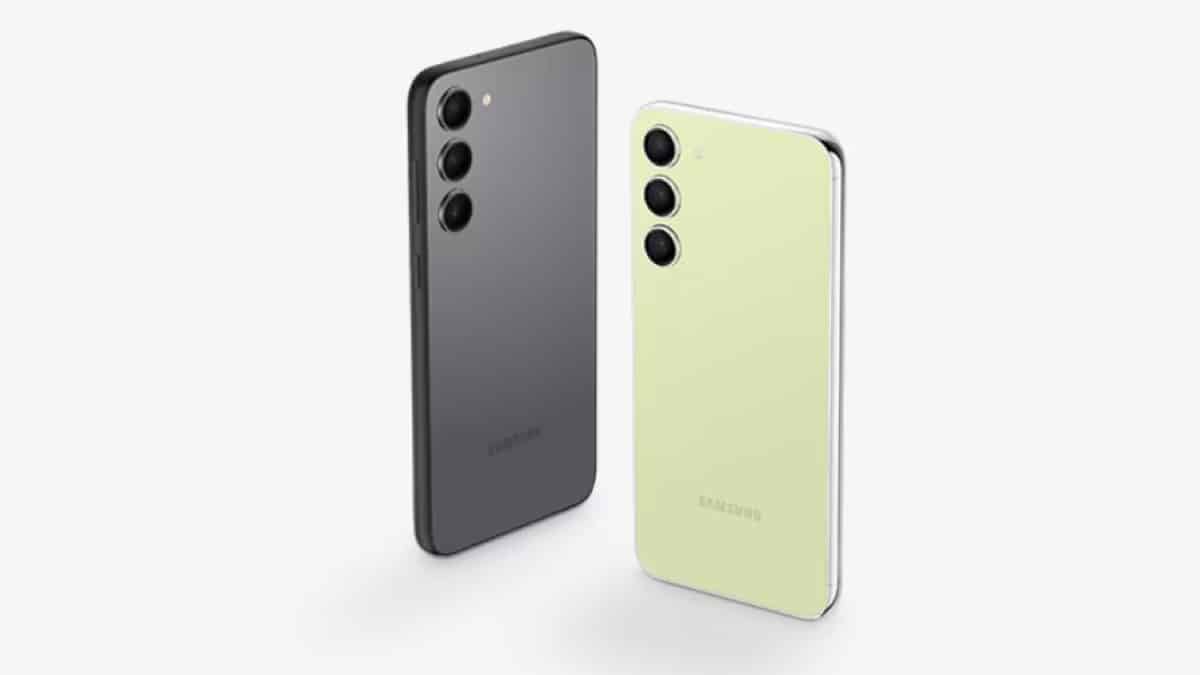Is the Galaxy S23 5G?

Table of Contents
The Samsung Galaxy Unpacked event wrapped up this week. We witnessed the release of the next line-up of S-series smartphones by Samsung. So let’s explore what features this smartphone has. In particular, is the Galaxy S23 5G?
We can safely say, the Galaxy S23 is 5G-ready. Samsung’s current flagship smartphone, the Galaxy S22 already has this technology, so why would the Galaxy S23 be any different?
Prime Day is finally here! Find all the biggest tech and PC deals below.
- Sapphire 11348-03-20G Pulse AMD Radeon™ RX 9070 XT Was $779 Now $739
- AMD Ryzen 7 7800X3D 8-Core, 16-Thread Desktop Processor Was $449 Now $341
- ASUS RTX™ 5060 OC Edition Graphics Card Was $379 Now $339
- LG 77-Inch Class OLED evo AI 4K C5 Series Smart TV Was $3,696 Now $2,796
- Intel® Core™ i7-14700K New Gaming Desktop Was $320.99 Now $274
- Lexar 2TB NM1090 w/HeatSink SSD PCIe Gen5x4 NVMe M.2 Was $281.97 Now $214.98
- Apple Watch Series 10 GPS + Cellular 42mm case Smartwatch Was $499.99 Now $379.99
- ASUS ROG Strix G16 (2025) 16" FHD, RTX 5060 gaming laptop Was $1,499.99 Now $1,274.99
- Apple iPad mini (A17 Pro): Apple Intelligence Was $499.99 Now $379.99
*Prices and savings subject to change. Click through to get the current prices.
What will 5G do?
5G is a new faster network that was introduced back in 2019. It is the 5th generation mobile network that pledges to deliver higher peak data speeds, lower latency, and a network capacity a hundred times better than 4G.
But that’s not all, response times are also better on 5G. 4G response times are around fifty milliseconds whereas 5G features a massive upgrade of just one millisecond. In a world that is heavily internet-driven, this improvement is vital.
5G technology is now seen as the industry standard. Most mobile carriers in the US offer 5G coverage in most states although coverage can be sparse. Furthermore, it is no surprise that the Galaxy S23 has 5G capabilities – this feature is now common among most leading smartphones.
What is the difference between 5G and 5G mmWave?
When you connect your phone to 5G you are actually connecting to one of two types of networks – mmWave 5G or Sub-6 5G. Despite both being 5G networks, they have different speeds and ranges.
Sub-6 5G operates at frequencies below 6GHz, similar to previous networks such as 4G and 3G. Because of this, Sub-6 5G doesn’t give you that drastic upgrade you may be expecting.
Sub-6 5G is typically the 5G network you connect to. Most 5G carriers opt to use this network as it is easier to set up, only requiring a few upgrades to existing network towers.
On the other hand, mmWave 5G operates at a drastically higher frequency range, between 30 to 300GHz. Unfortunately, deploying this network is much more difficult. We can’t simply update existing 4G towers to support this network. This is why the roll-out is much slower.
Thankfully, the current Galaxy S22 does support both networks. And you’ll be glad to hear that this is the same on Galaxy S23.
Final Thoughts
So it looks like the Galaxy S23 will support 5G technology. As the release date gradually creeps upon us, why not find out how to reserve your Samsung per-order slot here?

